Things You Need to Know Before Owning a "Strange Friend"
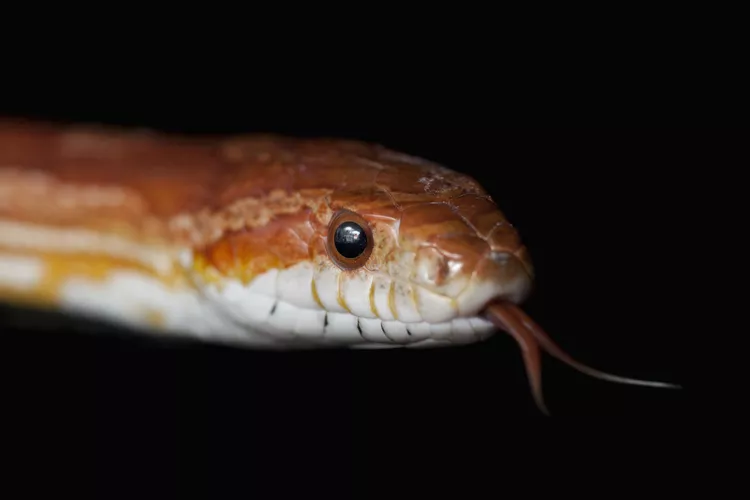
PHOTO: Richard Bailey / Getty Images
Snakes are captivating creatures, and with regular handling, many can become quite tame as pets. However, they are not suitable for everyone due to their specific needs. They require dedicated care and a thorough understanding to thrive. If you're new to snake ownership, it's important to learn what factors to consider before acquiring one and to identify which species are best suited for beginners.
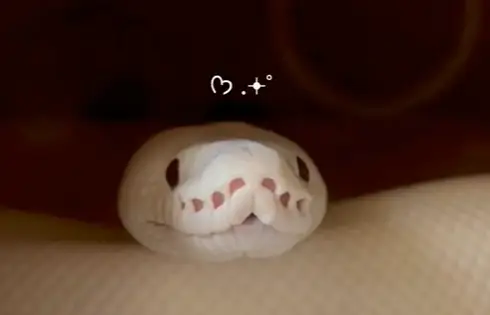
PHOTO: taoyimm
Things to Consider Before Choosing a Snake as a Pet
Long-Term Commitment: Be aware that selecting a snake as a pet involves a long-term commitment, as many species can live for over 20 years.
Feeding Needs: Be prepared to feed your snake prey animals, preferably pre-killed and frozen for safety. You may need to allocate some freezer space for storing these items, such as rodents.
Escape-Proof Enclosure: Snakes are skilled escape artists. Ensure you have an escape-proof enclosure, as snakes can squeeze through even small gaps.
Safety Concerns: Large constrictors and venomous snakes are not recommended for pets due to safety risks.
Choose Captive-Bred: Whenever possible, opt for a captive-bred snake from a reputable breeder. Wild-caught snakes are often more stressed, prone to parasites and diseases, and harder to tame.
Editor's Pick: REPTI ZOO Full Glass 35 Gallon Reptile Tank
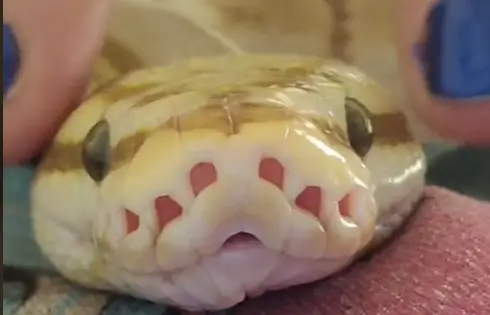
PHOTO: prince.the.python
Ensuring a Healthy Snake
Health Check: Inspect your snake for signs of illness, such as nasal discharge, retained skin, closed eyes, or mouth rot.
Feeding Demonstration: Request a feeding demonstration to confirm that your new snake readily accepts pre-killed prey and is eating well. This is particularly important for ball pythons, which can be known for feeding issues.
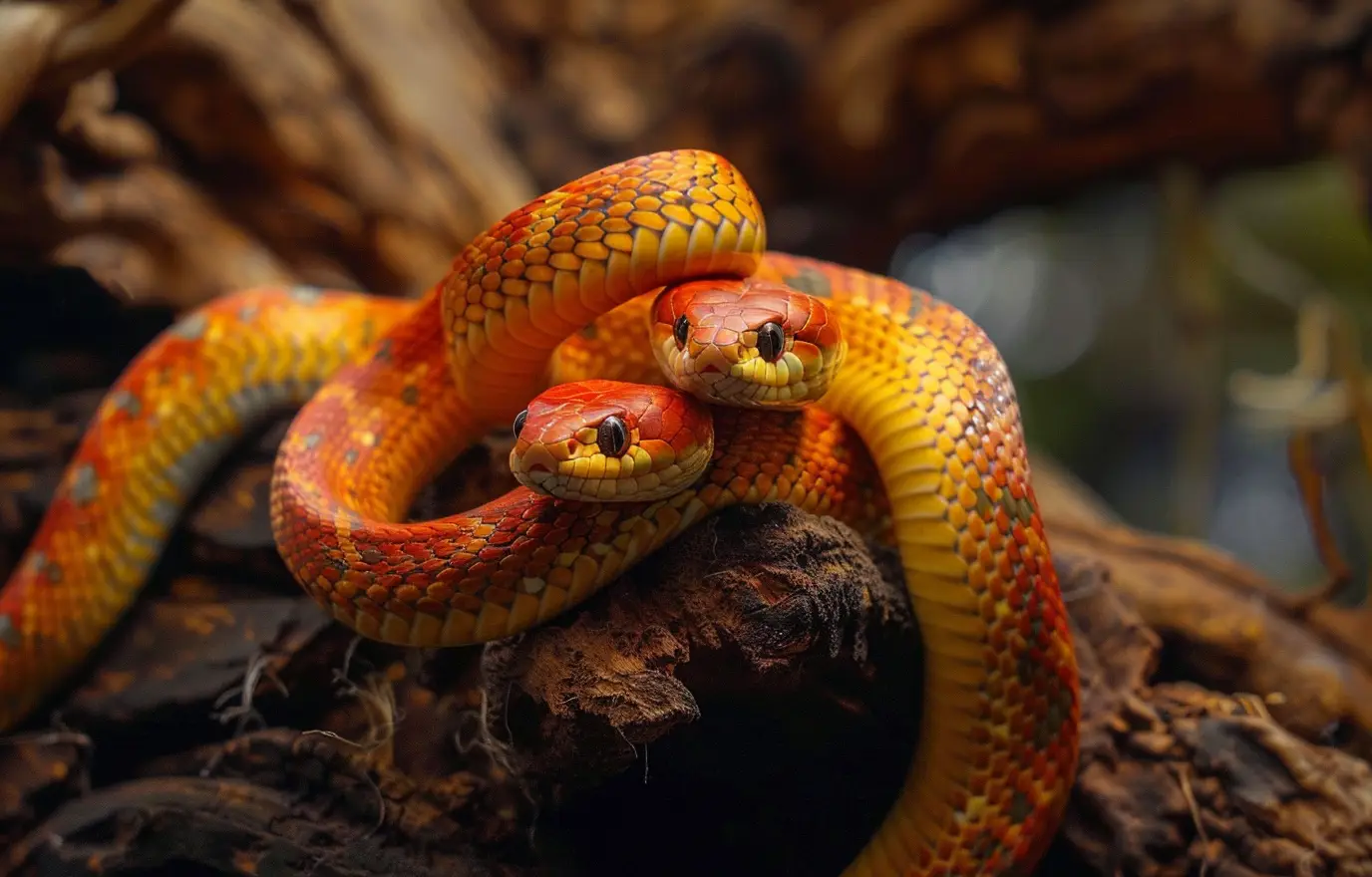
PHOTO: Don DeBold / Creative Commons / Flickr / CC BY 2.0
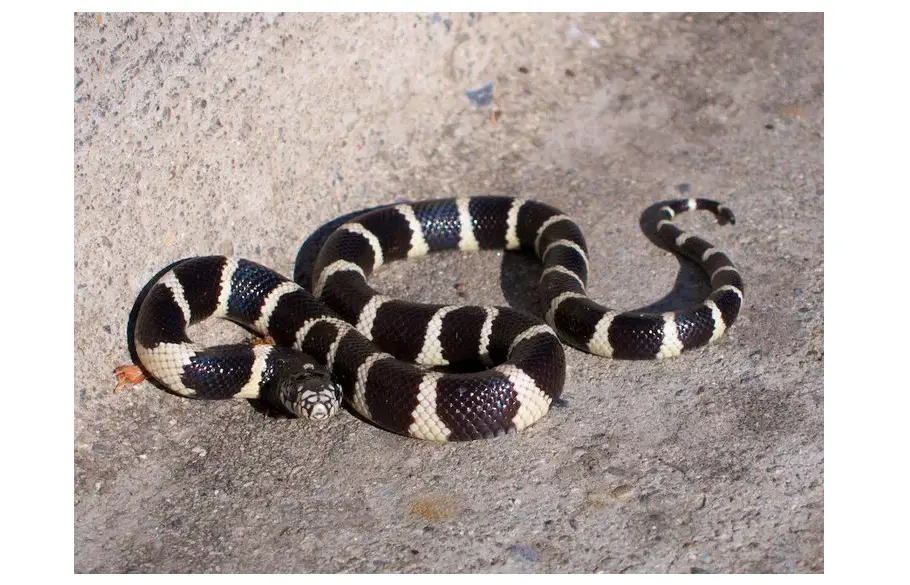
PHOTO: Don DeBold / Creative Commons / Flickr / CC BY 2.0
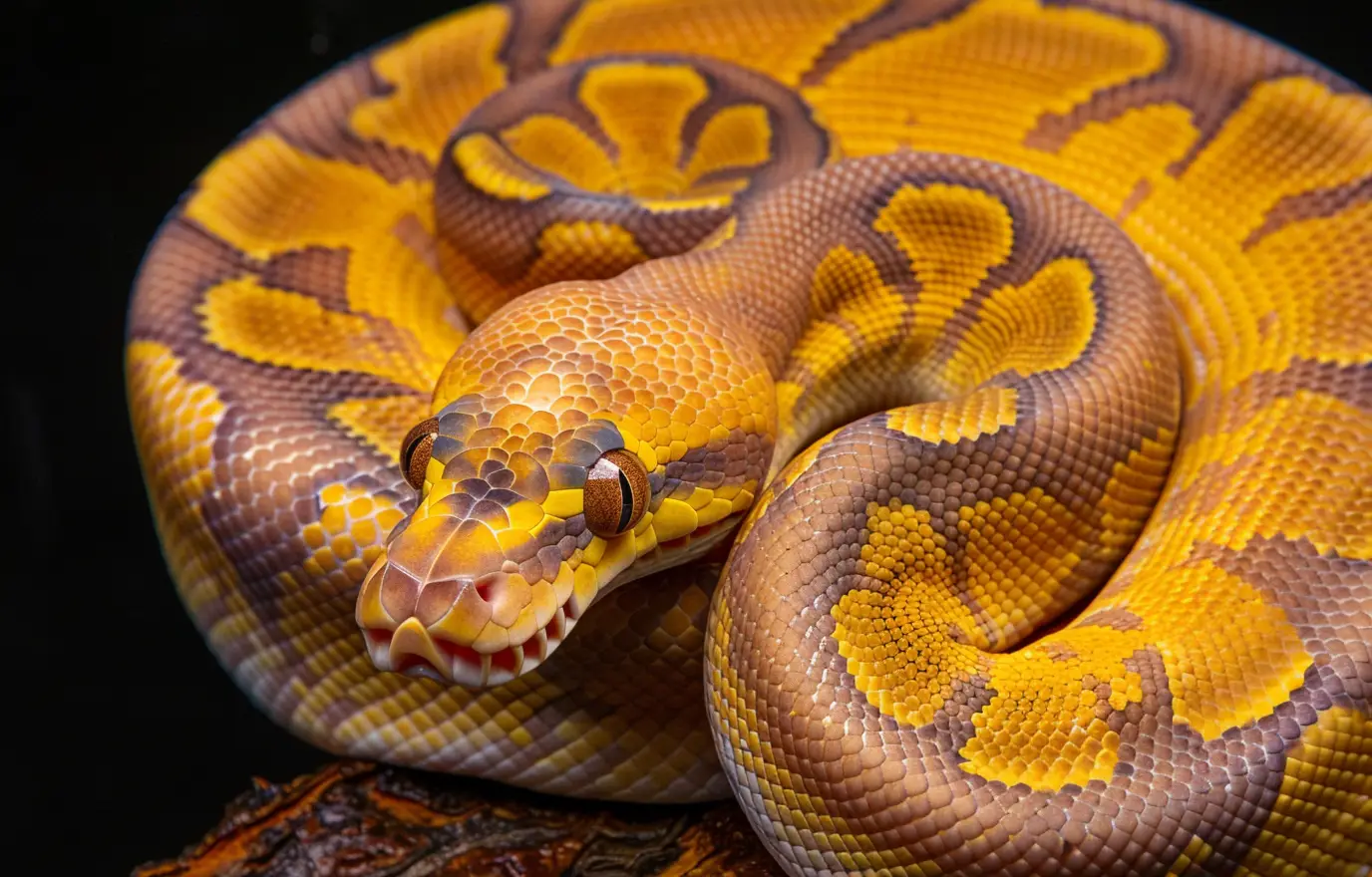
PHOTO: Don DeBold / Creative Commons / Flickr / CC BY 2.0
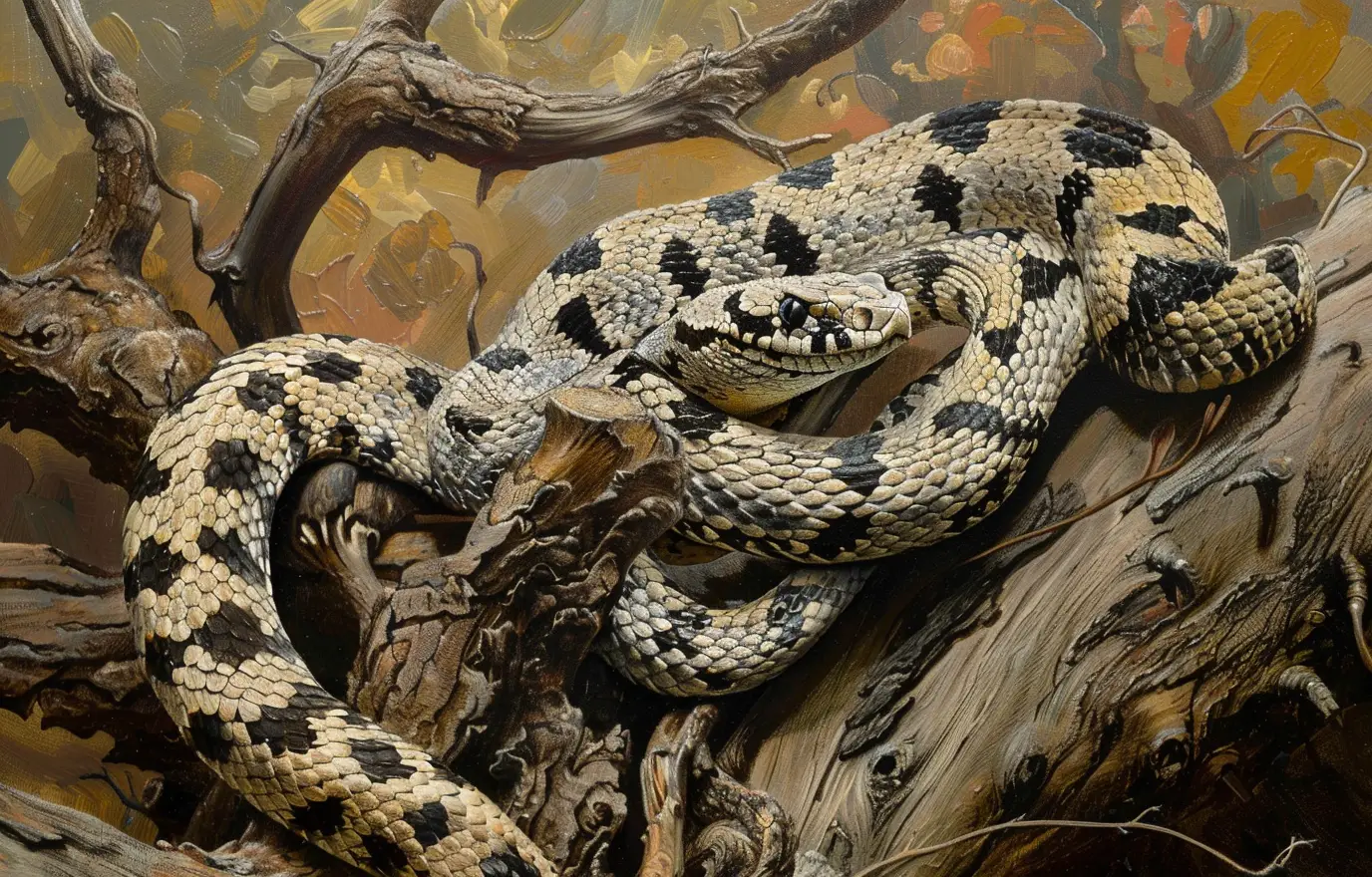
PHOTO: Don DeBold / Creative Commons / Flickr / CC BY 2.0
Recommended Beginner Snakes
These snakes are generally small, easy to care for, and tend to be docile. They are also commonly available from breeders or reptile shows:
Corn snakes
King and milk snakes
Ball pythons
Hognose snakes
Snakes for Beginners to Avoid
Beginners should steer clear of large constrictors, venomous snakes, and species with more complex care needs, such as:
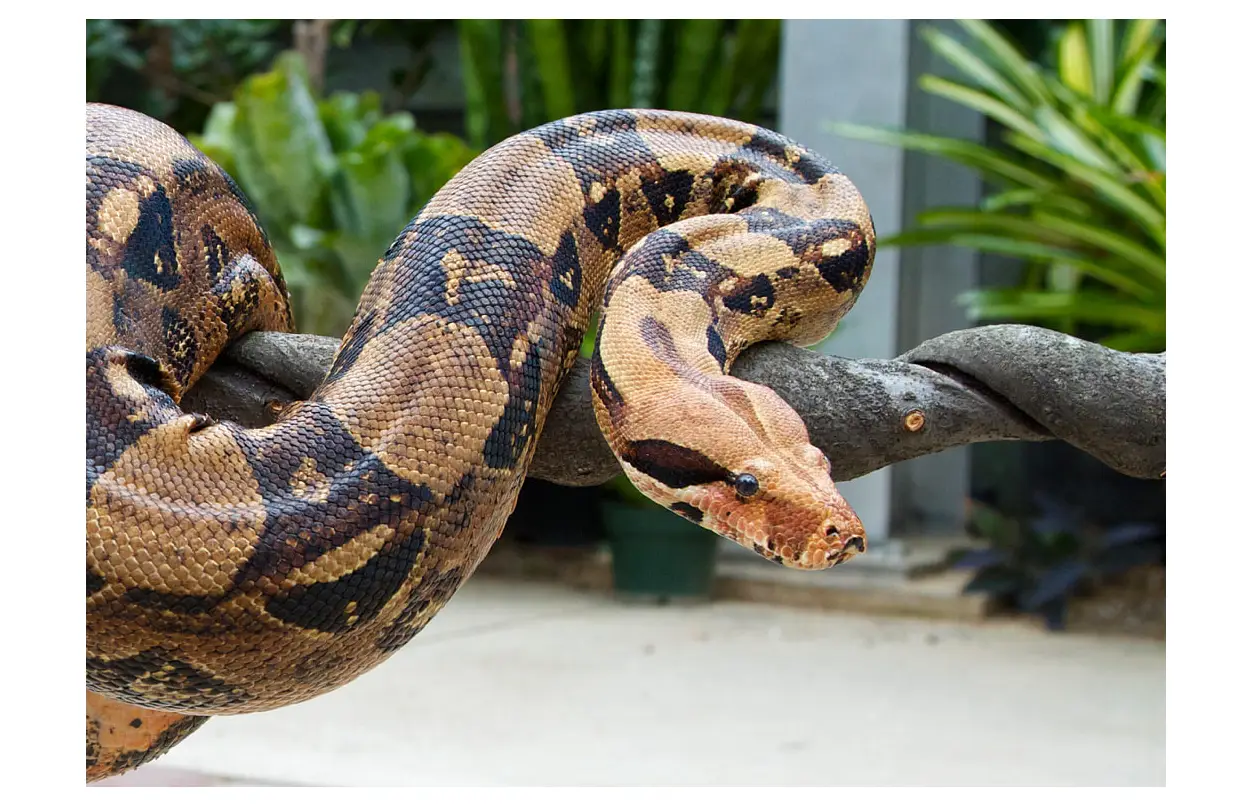
PHOTO: beardsleyzoo.org
Boa constrictors
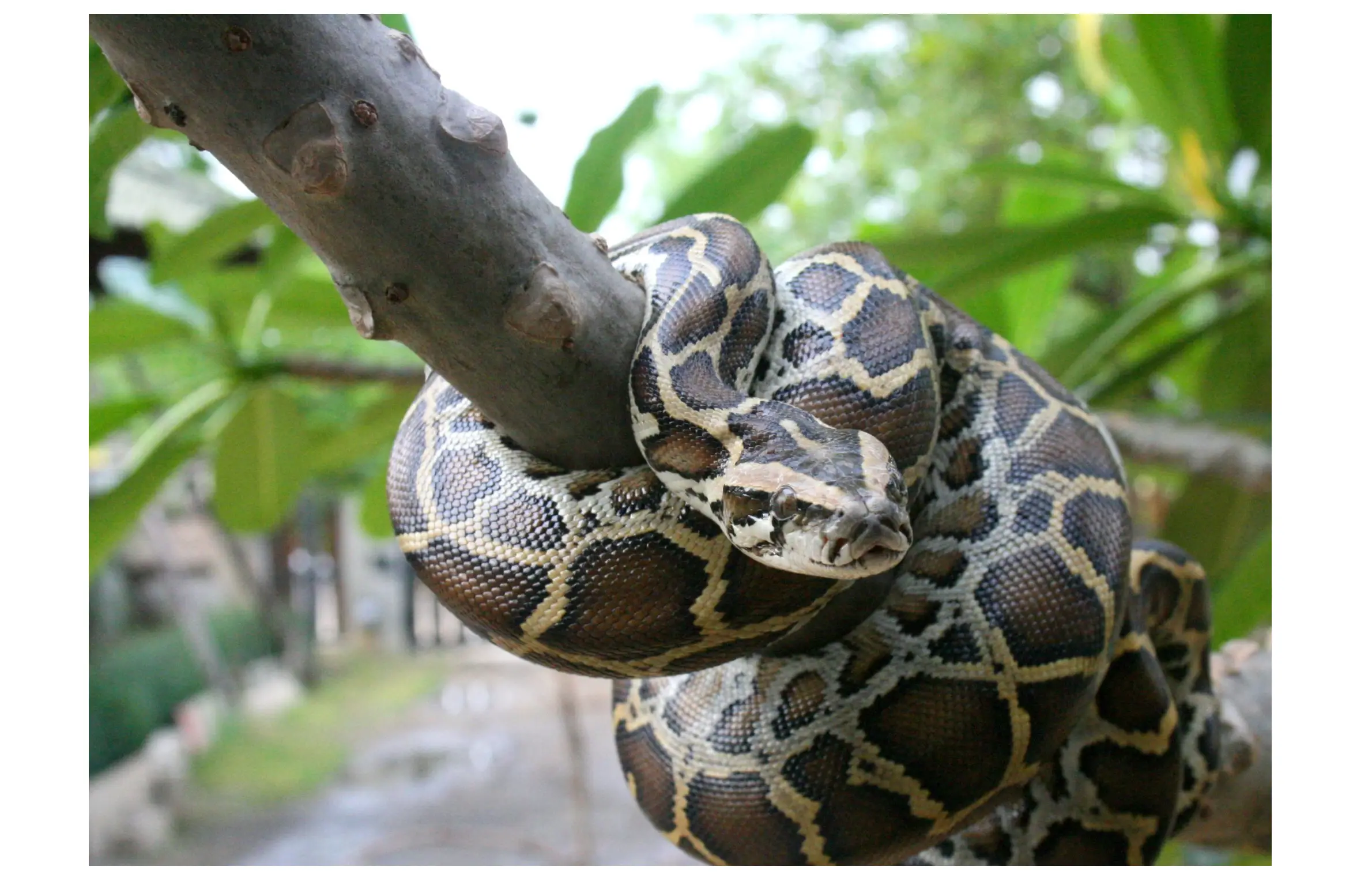
PHOTO: animalfactguide.com
Burmese pythons
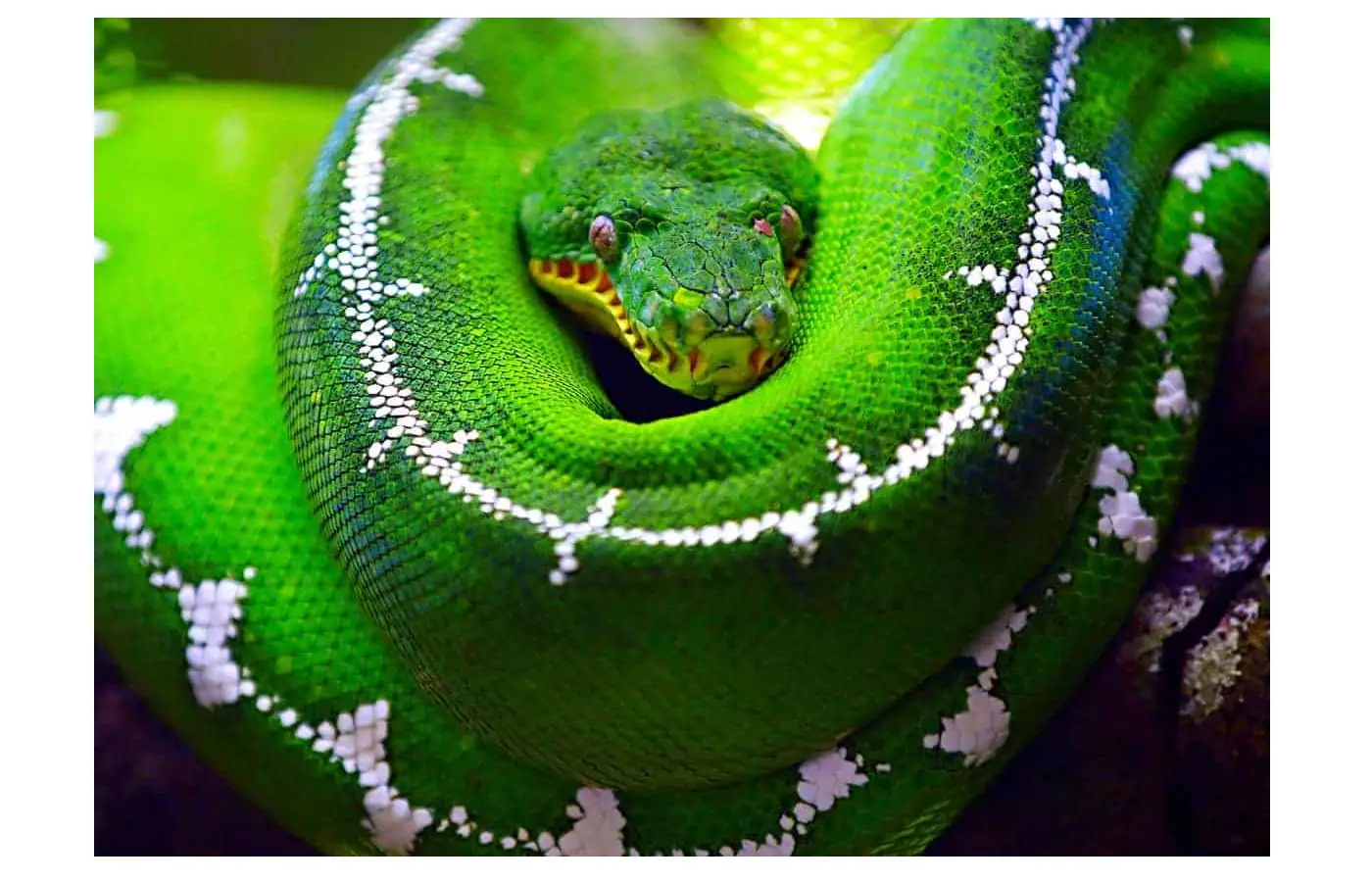
PHOTO: storyteller.travel
Tree boas or pythons
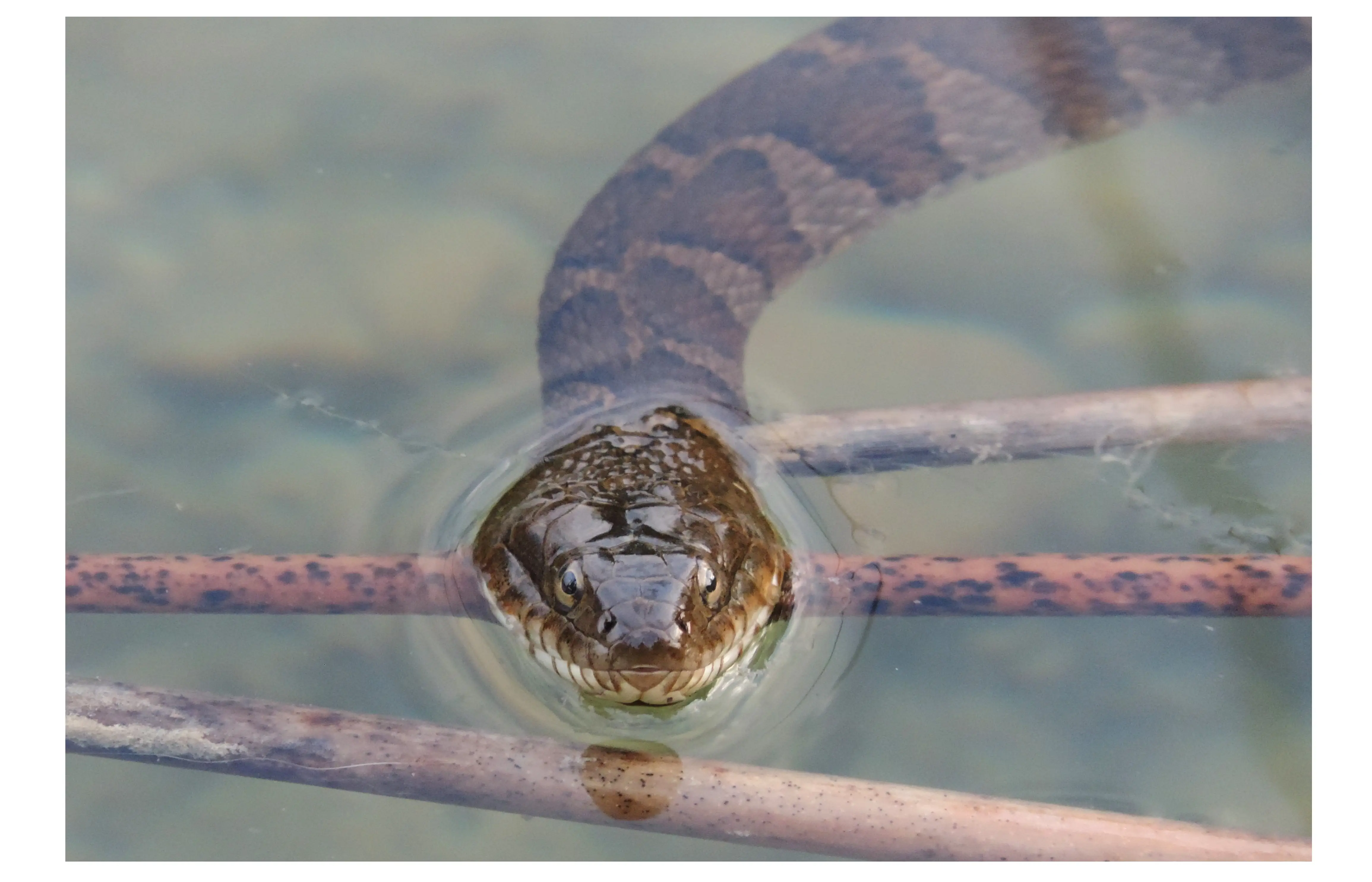
PHOTO: oaklandcountyblog.com
Water snakes
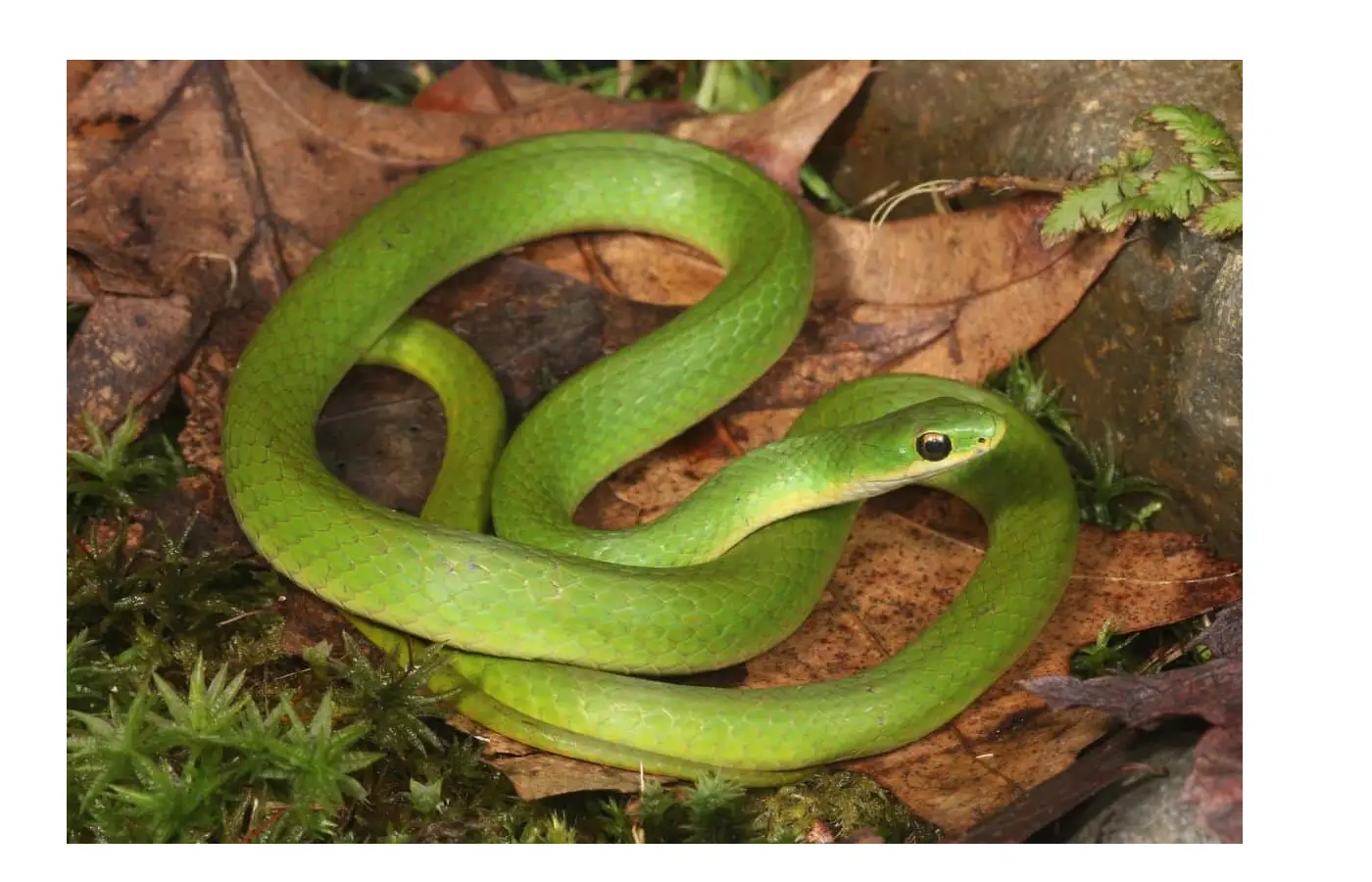
PHOTO: wildlifeinformer.com
Green snakes
For the safety of both the owner and the snake, it's best to avoid:
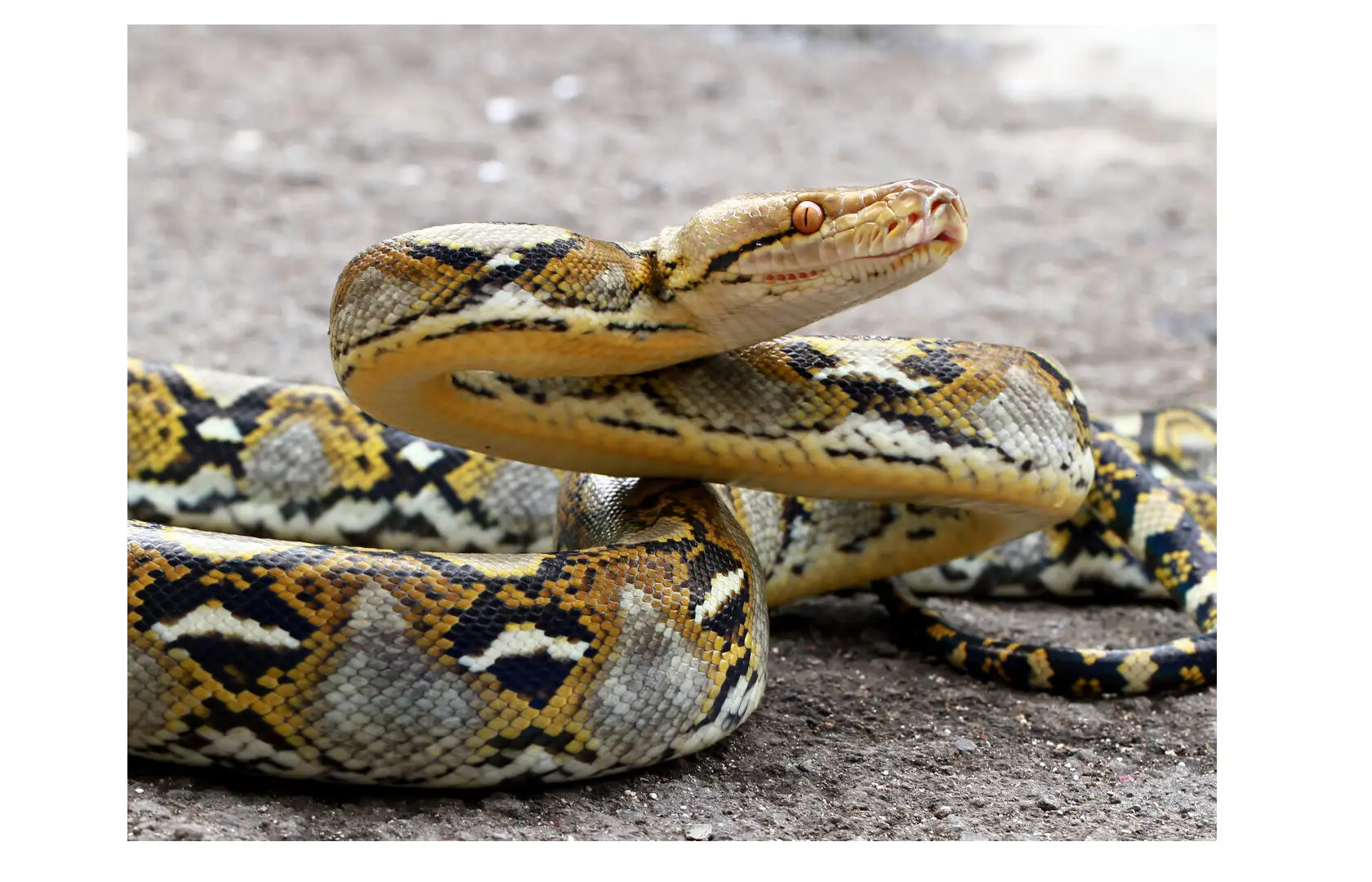
PHOTO: reptiles.swelluk.com
Reticulated pythons
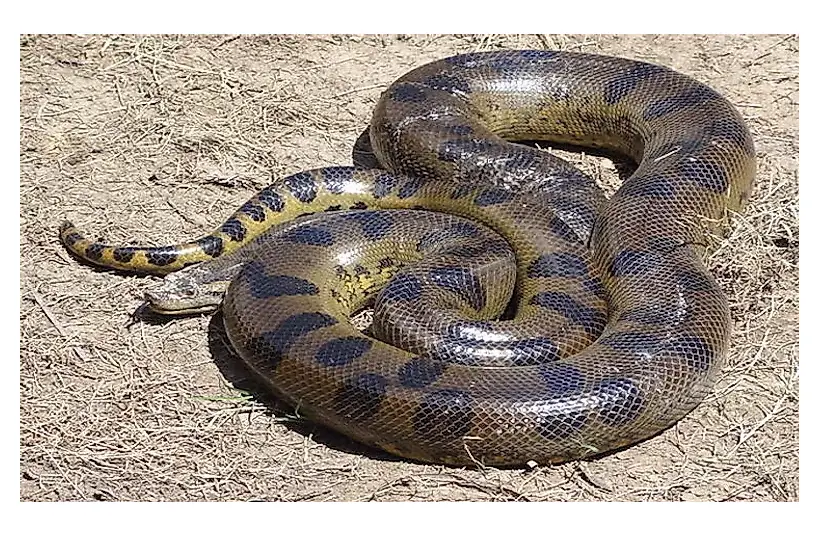
PHOTO: WorldAtlas
Anacondas
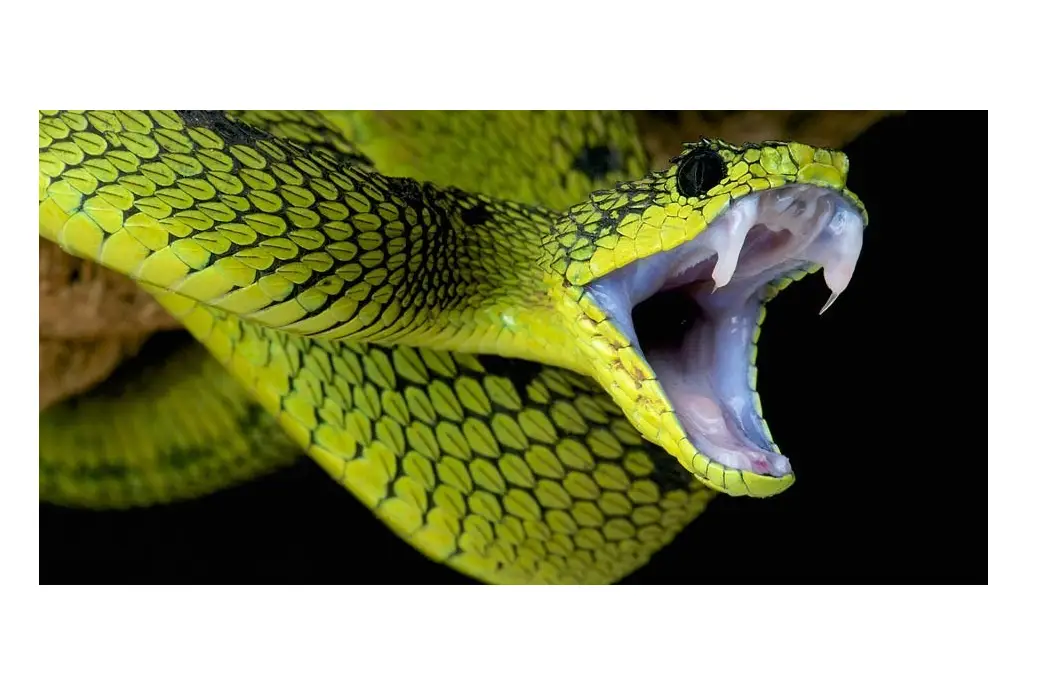
Any venomous snakes
General Pet Snake Information for Beginners
Feeding: Pre-Killed vs. Live Prey: It is recommended to feed pre-killed prey to avoid injuries from live rodents and for convenience in storing frozen food.
Thermal Gradient: Snakes need a temperature gradient to regulate their body temperature. Ensure the warm side of the enclosure is adequately heated for proper digestion and overall health.
Signs of Shedding: Learn the common signs that a snake is about to shed to avoid unnecessary concern.
Finding an Escaped Snake: If your snake escapes, remember that it will likely seek out a warm, enclosed space. Familiarize yourself with general tips for locating lost pets.
Handling Constricting Snakes: Read up on handling guidelines and cautions specific to larger constrictors like boas and pythons.
Understanding the proper care, feeding, behavior, and commitment required for a pet snake is crucial for a successful and fulfilling ownership experience.
Editor's Pick: Fluker's Gourmet Canned Food for Reptiles
![]() Top Headlines
Top Headlines
